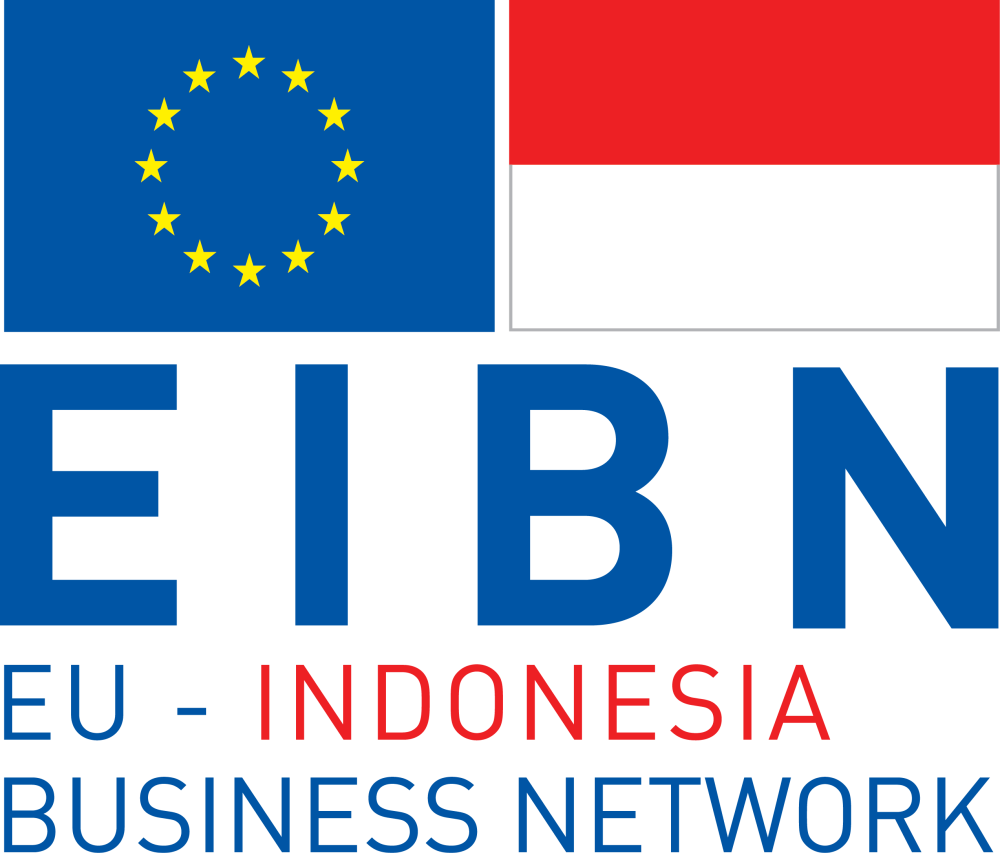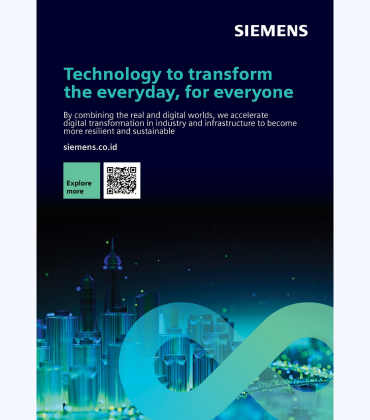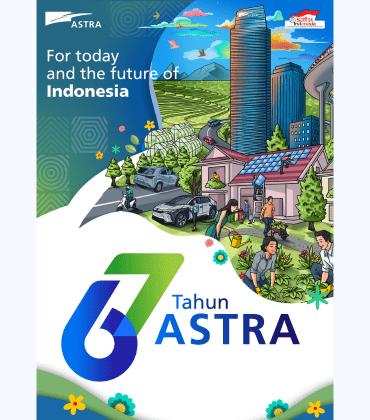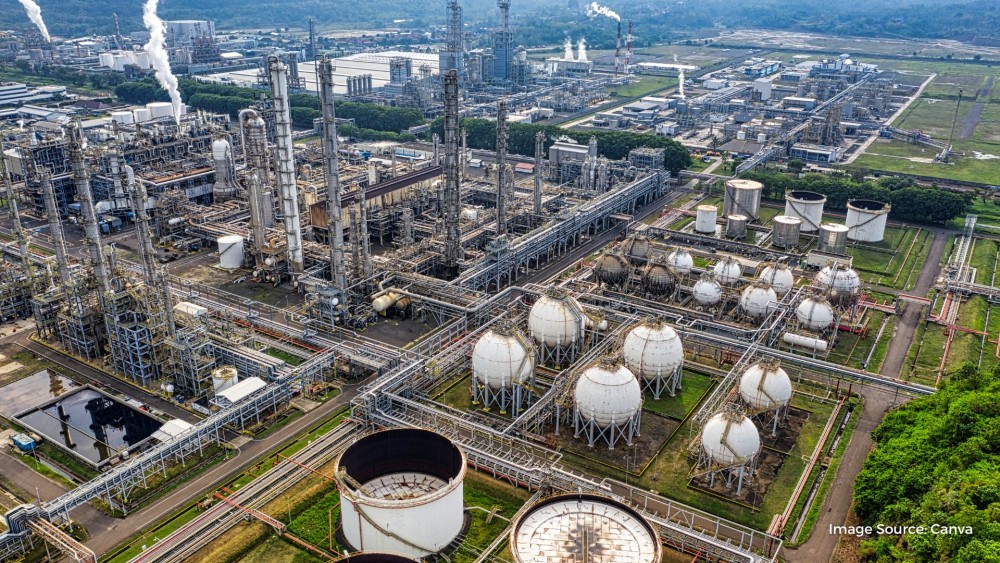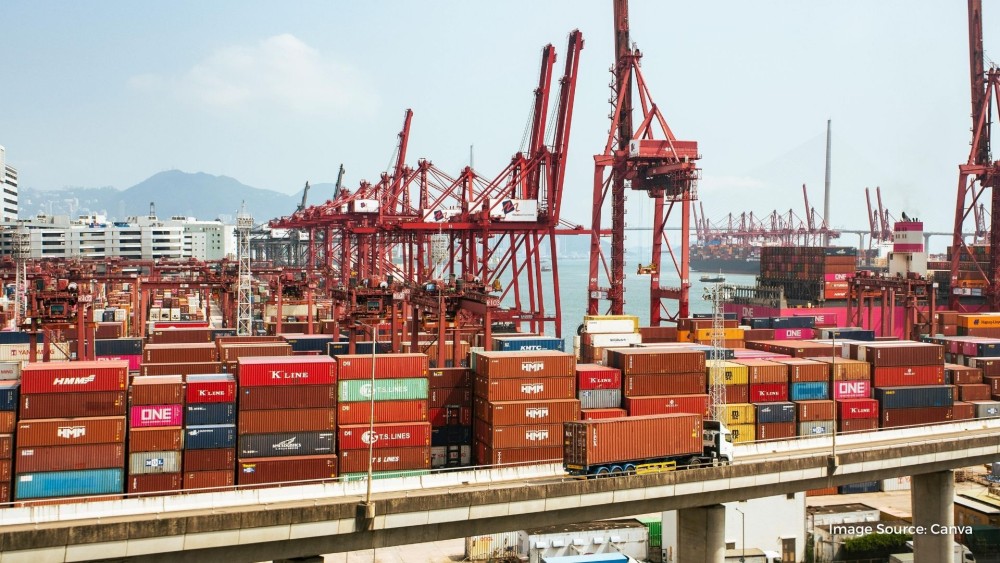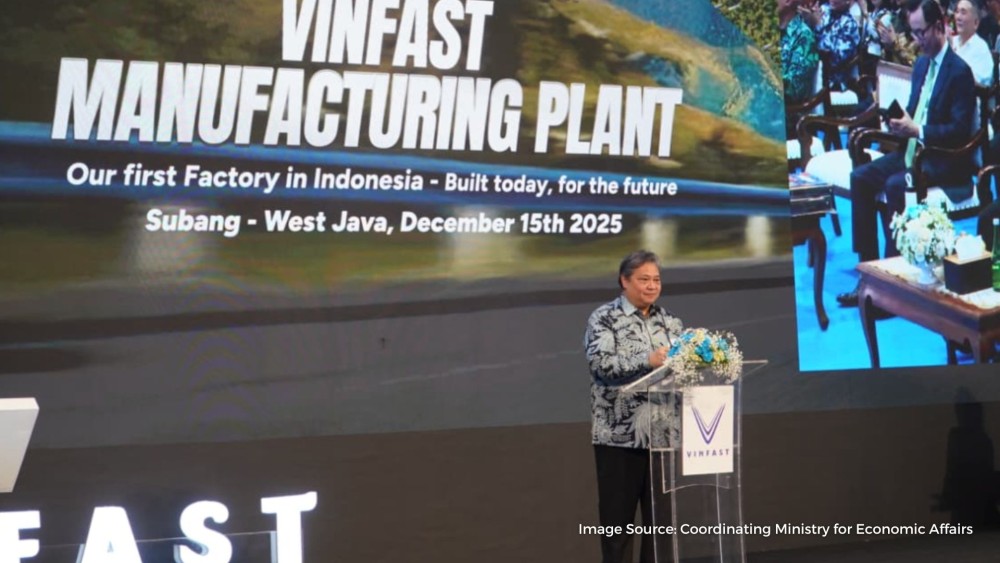Indonesia’s manufacturing industry is the strongest component of its economic output, accounting for 18.98% of GDP in 2024. Over the same year, foreign investment in the sector reached USD 35.1 million, representing 58.5% of total foreign inflows.
Indonesia’s manufacturing sector, according to the national Standard Business Classification (Klasifikasi Baku Lapangan Usaha or KBLI), consists of 24 sub-sectors ranging from food and beverages to machinery maintenance and installation. This report focuses on the sector in general terms, particularly regarding its current condition and the government’s stated objectives.
Under the newly enacted National Long-Term Development Plan (RPJPN) 2025–2045, the government has set out an agenda to transform Indonesia into a competitive, sustainable, and inclusive economy. The plan places strong emphasis on industrial downstreaming, green transformation, and technological innovation, with the manufacturing sector positioned as a central pillar for modernization and the achievement of Indonesia Emas 2045.
A widely recognized success story of Indonesia’s downstreaming strategy is the transformation of its nickel industry. Indonesia holds the world’s largest reserves—around 55 million metric tons, according to the 2025 US Geological Survey. Nickel is essential not only for stainless steel production but also, and increasingly, as a core component of MNC (manganese, nickel, cobalt) batteries for electric vehicles. The sector has already attracted billions of dollars in investment for nickel processing facilities, particularly from Chinese companies such as Tsingshan Holding Group, Jiangsu Delong Nickel Industry, Zhejiang Huayou Cobalt, and China Molybdenum Company Limited. Global players including South Korea’s LG, Germany’s BASF, and France’s Eramet are also present in the market. Meanwhile, U.S. EV maker Tesla has reportedly explored opportunities to secure Indonesia’s nickel resources.
On the technological front, Indonesia continues to pursue the Making Indonesia 4.0 initiative, launched under the Joko Widodo administration and carried forward by President Prabowo. This program aims to strengthen the country’s technical capabilities and accelerate industrial transformation. A notable milestone was Indonesia’s role as the official partner country at Hannover Messe 2023, where it secured USD 1.9 billion in investment commitments (Kemenperin). Complementing these efforts, Indonesia is actively working to adopt Germany’s dual vocational education system to strengthen its workforce and align skills with industrial needs.
Indonesia is among the few major economies that has made measurable progress in transitioning from a commodity-based to a manufacturing-based economy. While challenges remain, the country has demonstrated both the potential and the policy direction needed to secure a stronger position in the global value chain.
Indonesia faces unique challenges in strengthening its manufacturing sector, shaped by geography, history, and socio-economic transitions. Progress, however, has been significant. Between 2015 and 2024, the government built more than 2,200 kilometers of toll roads and 27 new airports, greatly improving connectivity and logistics. Under the National Long-Term Development Plan (RPJPN) 2025–2045, Indonesia aims to accelerate industrialization through expanded transport networks, logistics hubs, and industrial estates.
Policy reform is another cornerstone. While elements of protectionism remain, the government is gradually opening the economy to foreign investors. The Omnibus Law on Job Creation, revised in 2023, seeks to streamline regulations, improve labor flexibility, and enhance the investment climate. Alongside this, the Indonesia Investment Authority (INA) was established to attract long-term capital in strategic sectors, including manufacturing.
Yet, one of the biggest hurdles is workforce readiness. Indonesia is in a demographic “golden window,” with around 88 million people of productive age. But the skills gap is substantial. Historical setbacks—from the Asian Financial Crisis to the COVID-19 pandemic—have slowed human capital development. As of 2023, about 59.1% of Indonesia’s workforce remained in the informal sector, while the labor force expanded by 2.7 million compared to 2022, continuing an annual trend of 1–2 million new entrants (BPS). Upskilling this workforce is critical to sustaining growth.
To address this, Indonesia is advancing the Making Indonesia 4.0 roadmap, focusing on Industry 4.0 technologies and closer collaboration between education and industry. Partnerships with Germany to adopt a dual vocational training system also aim to improve workforce quality.
Despite progress in infrastructure and reform, Indonesia must overcome structural gaps in skills and productivity to fully capitalize on its demographic advantage and solidify manufacturing as the backbone of long-term economic growth.
In 2017, PricewaterhouseCoopers forecast that Indonesia could become the world’s fourth largest economy by 2050, trailing only China, India, and the United States. That long-term optimism finds support today: the IMF projects Indonesia’s economy will grow at about 5.1% annually through 2029. Meanwhile, since post-COVID recovery, the World Bank has reclassified Indonesia into the upper-middle-income group (July 2023), reflecting gains in Gross National Income (GNI) per capita.
Despite this progress, there is room for concern. While the growth rate has remained relatively stable (around 5%), inflation has largely been kept under control. The government has set more ambitious targets — President Prabowo Subianto has called for growth to accelerate further (up to 8%) by 2029. But those objectives will depend heavily on how well Indonesia can overcome structural constraints.
Looking ahead, Indonesia presents compelling growth opportunities: its large and youthful population, abundant natural resources, and an increasingly favorable policy environment. But success will hinge on execution. Investors need a deep understanding of local regulatory frameworks, infrastructure gaps, human capital constraints, and how to meaningfully partner with Indonesian entities. For those willing to navigate its complexities, the upside may be considerable.
This content is done in collaboration with:
Business Sectors
